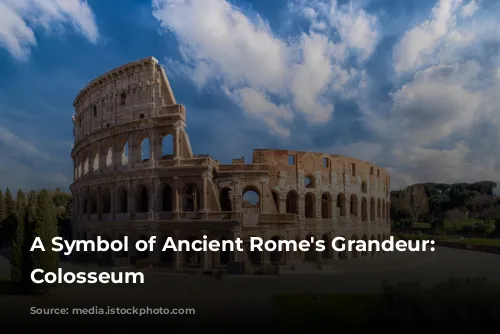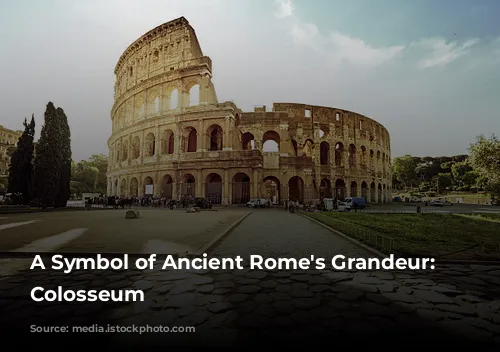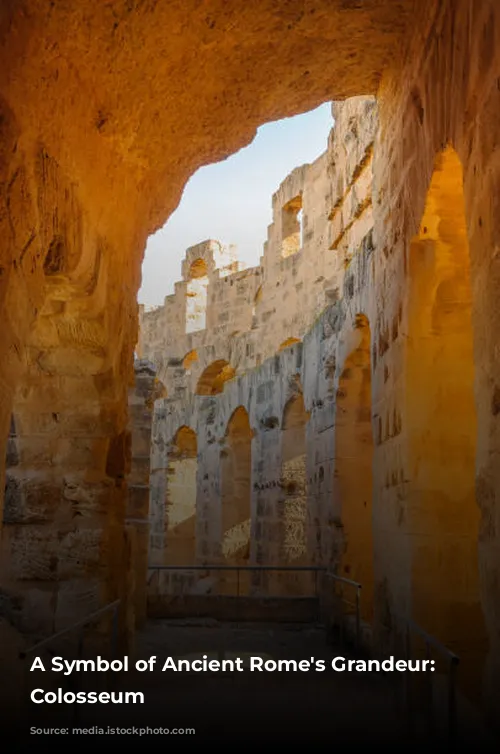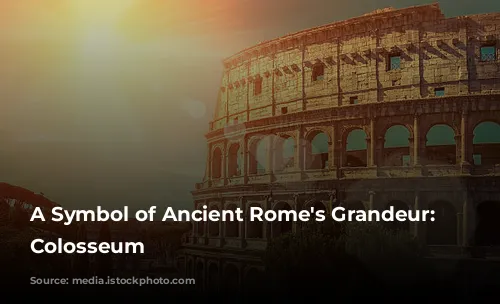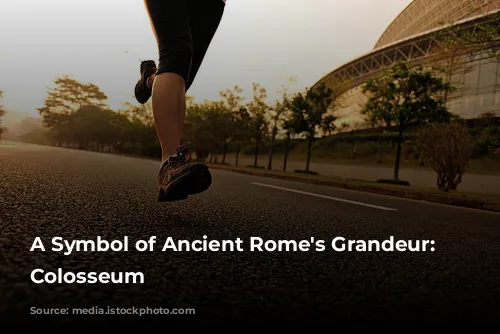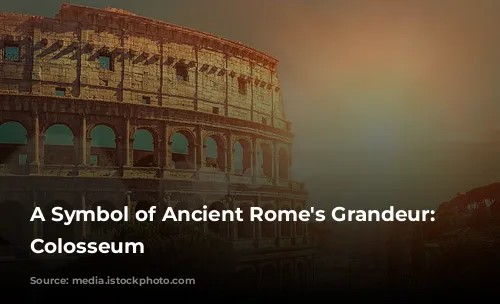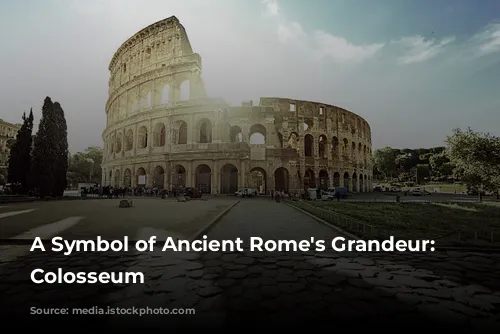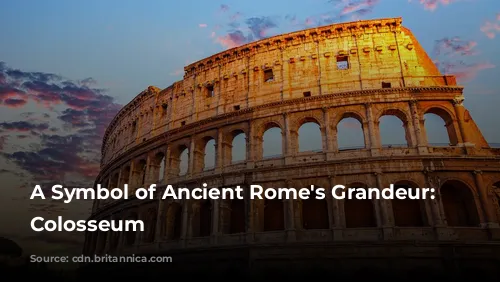The Colosseum, a majestic structure that stands as a testament to ancient Rome’s architectural and engineering brilliance, continues to amaze visitors from around the world. This iconic landmark isn’t just a historical wonder, it’s also a significant source of revenue for the Italian government. In 2018 alone, the Colosseum, Roman Forum, and Palatine Hill generated over $63.3 million (€53.8 million), making it the highest-earning tourist attraction in Italy.
This remarkable feat is even more impressive considering the Colosseum’s turbulent history. After the fall of the Western Roman Empire, the once-glorious arena fell into a state of severe neglect. The Frangipane and Annibaldi families, during the 12th century, repurposed the Colosseum as their fortress, while in the late 15th century, Pope Alexander VI allowed it to be used as a quarry. For over a thousand years, this architectural marvel was left to crumble, a silent witness to the passage of time. Fortunately, state-funded restoration efforts began in the 1990s, breathing new life into the Colosseum.
A Monument to Entertainment and Imperial Power
The Colosseum’s construction was driven by the desire to revive Rome following the chaotic year of the four emperors (69 CE). Emperor Vespasian, much like his predecessors, envisioned the Colosseum as a grand entertainment venue. Gladiator fights, thrilling animal hunts, and even mock naval battles were staged within its walls, captivating the Roman public.
A Masterpiece of Construction
Construction of the Colosseum commenced under Emperor Vespasian between 70 and 72 CE. The finished structure was dedicated in 80 CE by his son and successor, Titus. The Colosseum’s fourth story was added by Emperor Domitian in 82 CE. Notably, the funds for this monumental project were derived from the spoils of Titus’s conquest of Jerusalem in 70 CE. The construction itself was carried out by enslaved Jews from Judaea, a stark reminder of the Roman Empire’s brutal realities.

A Giant Arena Fit for an Empire
The Colosseum, also known as the Flavian Amphitheater, is a colossal elliptical structure, crafted from stone, concrete, and tuff. Standing four stories tall, this architectural marvel measures an impressive 620 by 513 feet (189 by 156 meters). Its vast capacity, reaching as high as 50,000 spectators, made it one of the largest arenas ever built. The Colosseum was renowned for its gladiatorial combats, showcasing the skill and bravery of these warriors.
A Symbol of Imperial Might
The Colosseum’s location, just east of the Palatine Hill, on the grounds of Nero’s Golden House, held symbolic significance. Vespasian, who rose to power from humble beginnings, chose to replace Nero’s luxurious private lake with a public amphitheater, demonstrating his commitment to the Roman people. This grand arena became a testament to his power and a symbol of Rome’s enduring strength.
Architectural Brilliance and Engineering Marvels
Unlike earlier amphitheaters, which were often built into hillsides for support, the Colosseum stands as a freestanding structure. Its impressive scale was achieved through a complex system of barrel vaults and groin vaults. The Colosseum’s three main stories are adorned with arcades framed by engaged columns in the Doric, Ionic, and Corinthian orders, creating a visually stunning spectacle. This arrangement of columns influenced Renaissance architecture and became known as the “assemblage of orders.”

A Sanctuary for Spectators and a Scene of Spectacle
The Colosseum provided a sheltered haven for its 50,000 spectators through a massive retractable awning known as the velarium. This impressive feat of engineering required hundreds of Roman sailors to operate the rigging that extended and retracted the velarium, shielding the audience from the elements.
Within its walls, the Colosseum witnessed a multitude of captivating events, from thrilling gladiatorial contests to dramatic animal hunts, and even mock naval battles. While its exact role in the martyrdom of early Christians remains uncertain, the Colosseum’s significance as a stage for both entertainment and brutality is undeniable.
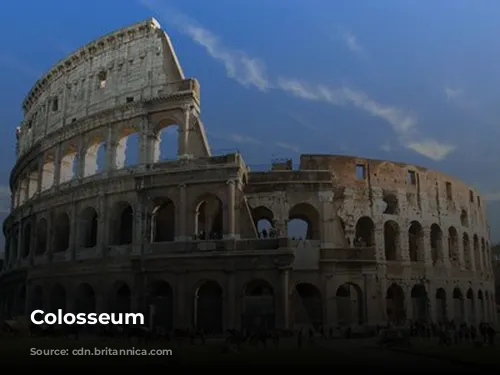
A Symbol of Resilience and Enduring Legacy
Over the centuries, the Colosseum faced a multitude of challenges. It served as a church during medieval times, then as a fortress for prominent Roman families. Lightning strikes, earthquakes, and vandalism took their toll on the once-majestic structure. For over a thousand years, the Colosseum was stripped of its marble seats and decorative elements, treated as little more than a quarry.
However, preservation efforts began in earnest in the 19th century, with notable contributions from Pius VIII. The 1990s witnessed a comprehensive restoration project that breathed new life into this iconic landmark. Today, the Colosseum stands as a testament to Rome’s resilience and enduring legacy, attracting close to seven million visitors annually. Regular exhibitions showcasing ancient Roman culture further enrich the experience of visiting this historical marvel, reminding us of the grandeur and complexity of this ancient civilization.
